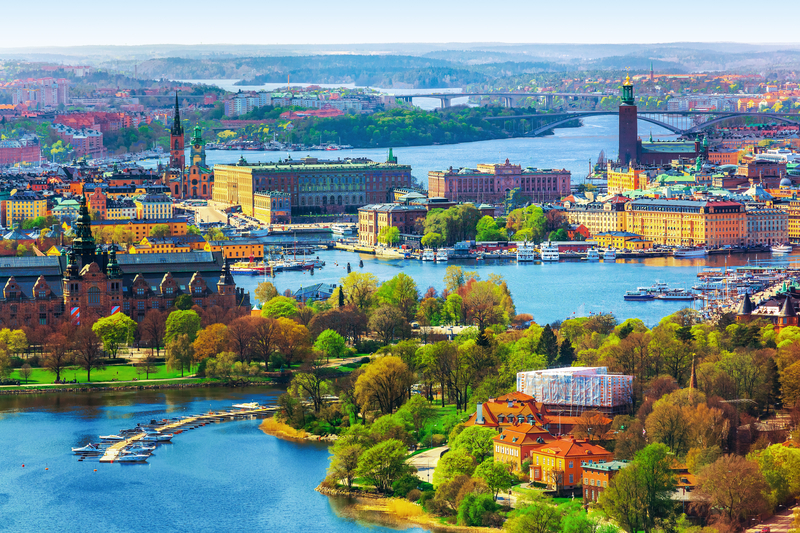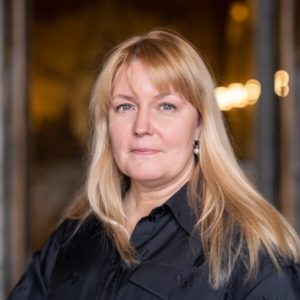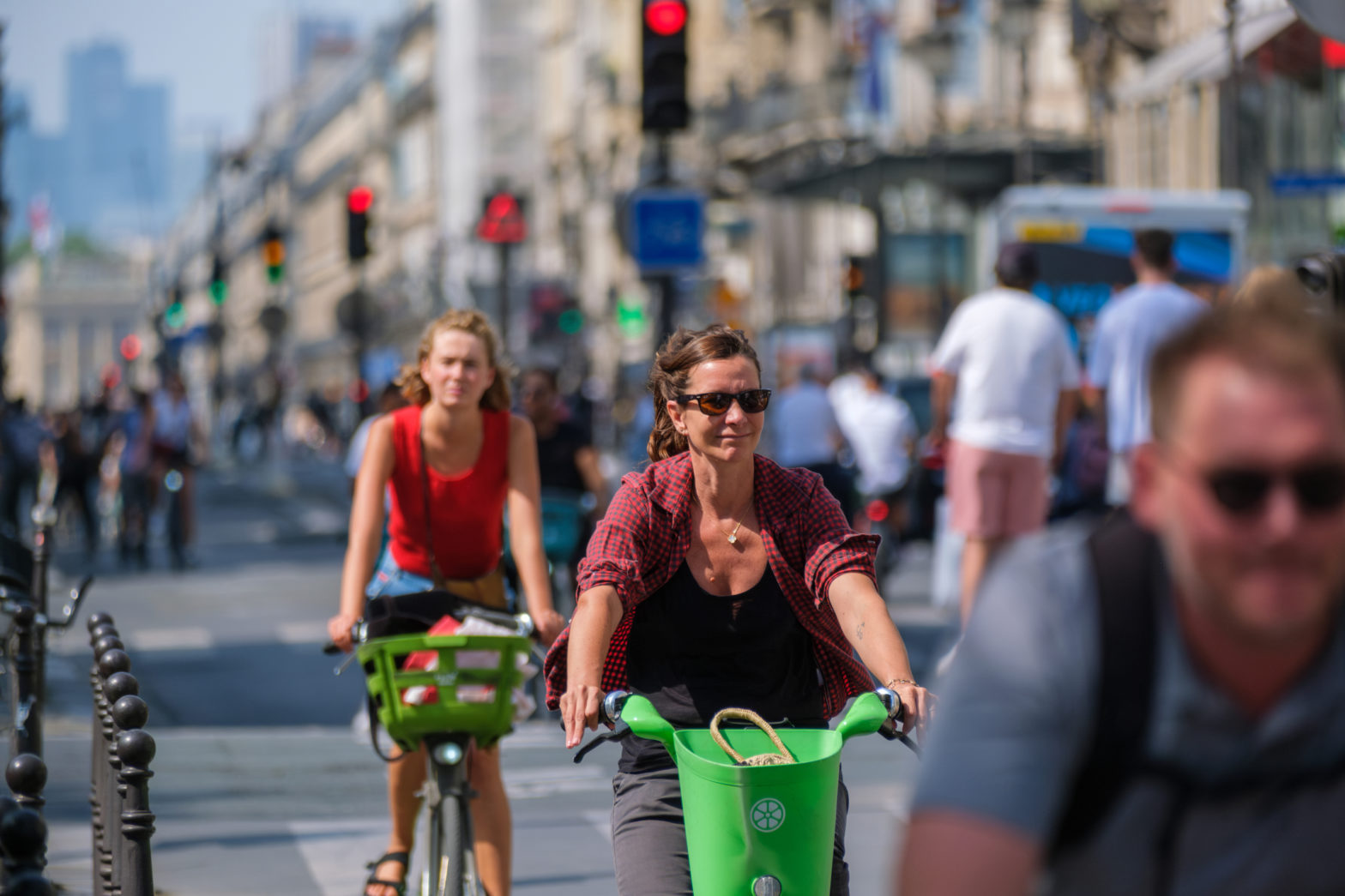
Photo: Scanrail | Dreamstime.com
From geese to green goals, Stockholm leads with innovation
27 November 2023
by Sarah Wray
Innovation isn’t about isolated projects or individual people – it’s a methodology and a way of working to reach goals across the city, says Karin Ekdahl Wästberg, Innovation Director for the City of Stockholm.
The approach has been applied to everything from dealing with an invasion of Canadian geese to the city’s ambitious climate targets.
As outlined in the latest budget, Stockholm plans to go beyond net zero and become ‘climate-positive’ by 2030.
The city is part of the European Union’s 100 Climate-Neutral and Smart Cities by 2030 Mission and was recently among the first 10 participants to receive the European Commission stamp of approval for its climate plan and associated investment strategy.

“One of the target areas is to work with innovation and experimentation to reach the goals in the climate action plan,” said Wästberg.
Wästberg was speaking during an interview at the recent Smart City Expo World Congress in Barcelona, but she is clear that innovation is about more than technology.
“Digitalisation is very important for the transformation of society,” she commented. “But it is not the only solution. And for me, it is very important to say that innovation does not equal digitalisation. You need to be innovative when it comes to your culture and your processes, and in your funding and budgeting.
“Sometimes digitalisation does help us when you can have AI platforms and sensors and that’s great when it comes to energy efficiencies and so on. But if it’s not helping us in the bigger perspective, then it’s just a short-term solution.”
Group effort
Wästberg said that Stockholm has reduced carbon emissions by 70 percent from 1990 levels and one of its main focus areas now is driving down emissions from road traffic. Priorities include electrification and providing good alternatives to private cars, including walking, cycling and carpooling.
“We have an Innovation Zone in the middle of Stockholm, and we work a lot with data to investigate how people behave,” said Wästberg. “Because one thing is what we say we do and another is what we actually do.”
For instance, studded winter tyres are not allowed in some areas of the city to reduce pollution. Sensors help the city understand how well these rules are being adhered to and data can also help to inform other traffic interventions such as better signage.
The city has two low-emission zones and a new zero-emission zone will ban petrol and diesel cars in part of the city centre from the end of 2024.
Wästberg said the 2030 climate target requires new ways of working in the city too: “We can’t reach our goals when we work in silos. It is not up to the traffic administration to solve the emissions from traffic. We need to work with the city and the companies and the new business opportunities that so many entrepreneurs have – and provide a platform for them to try out their solutions. It’s definitely a group activity.”
A key role for the city is to help steer collective action.
“Innovation really benefits from being very clear about the goal and a crisis situation demands activity and a sense of urgency,” Wästberg said. “That’s why [climate action] is in a way a perfect area to work with because it’s super clear, and you can trickle it down into activities here and now and then you have a long-term perspective.”
“Although six years is not that long so we need to move fast.”
Problem geese
The innovation team works to foster connections between the city, academic institutions, businesses, other public sector organisations, and residents.
“One of the really smart things about working together is if you have several experts in the room and different disciplines around the table, you’re always going to have different perspectives,” Wästberg explained.
For example, Stockholm was facing a problem with Canadian geese on its beaches. Classed as an invasive species, the geese were polluting the water and grass with droppings, and preventing residents from swimming in the summer.
The city had tried various measures, from hunters hiding in the bushes to using a stuffed fox to scare the birds away but nothing worked. Seeking fresh ideas, Wästberg shared the problem at a Digital Futures meeting. Funded by the Swedish government and based in Stockholm, the cross-disciplinary research centre develops digital technologies to solve societal challenges.
A group member suggested a research project around identifying and counting animals during the night with an infrared camera. Another had the idea of herding the geese away with a drone. Wästberg then met FLOX Robotics, which had an AI tool that could emit geese communication sounds. These techniques combined saw the geese safely herded away from the shore.
Wästberg said: “I think that’s a small example about finding different techniques, sharing a need from the city and daring to try new things.
“This isn’t going to save the world but it shows what’s possible.”
Asked whether she thinks the 2030 climate positivity target is realistic for Stockholm, Wästberg was clear.
“From our perspective it is definitely possible to reach it. Things can happen and there are many worries around the world but if everything goes as planned we will achieve it,” she said.








